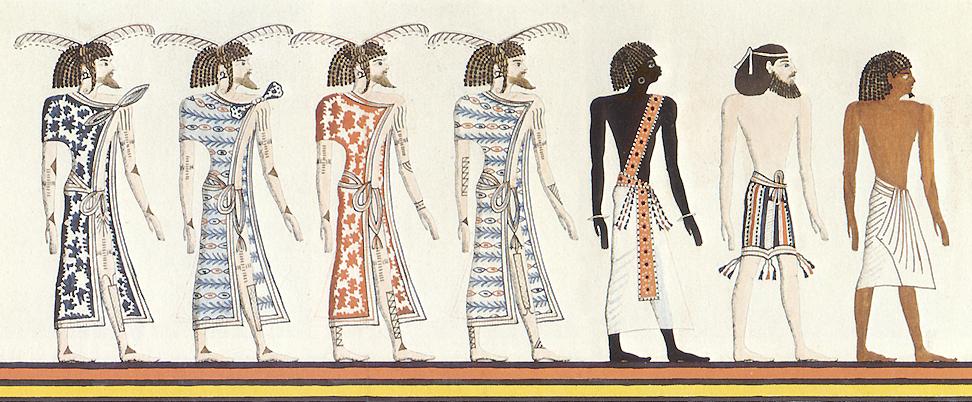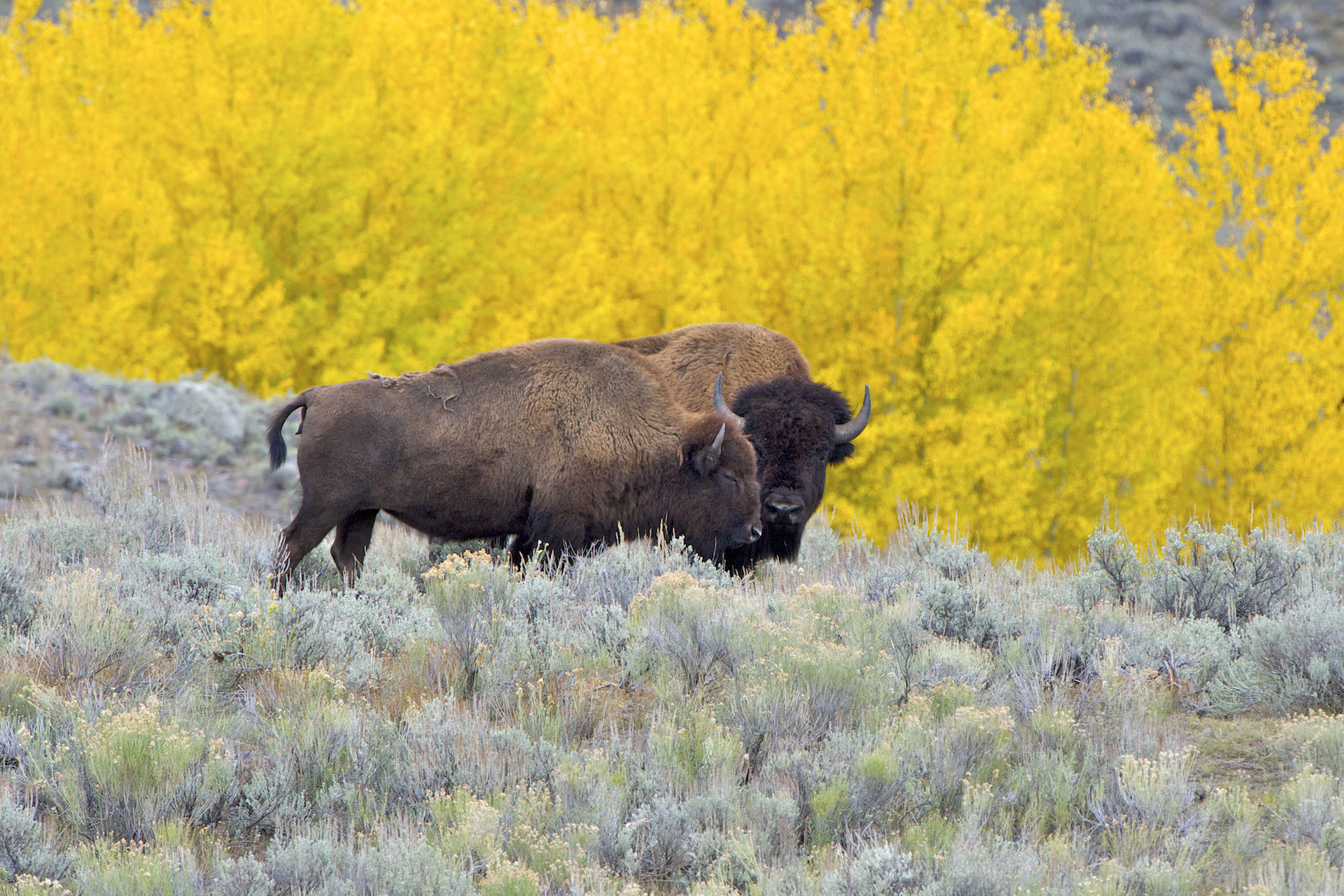|
Flathead Reservation
The Flathead Indian Reservation, located in western Montana on the Flathead River, is home to the Bitterroot Salish (tribe), Bitterroot Salish, Kootenai (tribe), Kootenai, and Pend d'Oreilles (tribe), Pend d'Oreilles tribes – also known as the Confederated Salish and Kootenai Tribes of the Flathead Nation. The Indian reservation, reservation, often referred to as the Flathead Nation, or simply Flathead or by its official acronym C.S.K.T., was created through the July 16, 1855, Treaty of Hellgate. It has land in four of Montana's counties: Lake County, Montana, Lake, Sanders County, Montana, Sanders, Missoula County, Montana, Missoula, and Flathead County, Montana, Flathead, and controls most of Flathead Lake. The Flathead Indian Reservation, west of the Continental Divide, consists of () of forested mountains and valleys. Formation and land distribution Native Americans in the United States, Native Americans have lived in Montana for more than 12,000 years, based on archaeolog ... [...More Info...] [...Related Items...] OR: [Wikipedia] [Google] [Baidu] |
Indian Reservation
An American Indian reservation is an area of land land tenure, held and governed by a List of federally recognized tribes in the contiguous United States#Description, U.S. federal government-recognized Native American tribal nation, whose government is Tribal sovereignty in the United States, autonomous, subject to regulations passed by the United States Congress and administered by the United States Bureau of Indian Affairs, and not to the state governments of the United States, U.S. state government in which it is located. Some of the country's 574 List of Native American Tribal Entities, federally recognized tribes govern more than one of the 326 List of Indian reservations in the United States, Indian reservations in the United States, while some share reservations, and others have no reservation at all. Historical piecemeal land allocations under the Dawes Act facilitated sales to non–Native Americans, resulting in some reservations becoming severely fragmented, with pie ... [...More Info...] [...Related Items...] OR: [Wikipedia] [Google] [Baidu] |
Flathead Lake
Flathead Lake (, ) is a large natural lake in northwest Montana, United States. The lake is a remnant of the ancient, massive glacial dammed lake, Glacial Lake Missoula, Lake Missoula, of the era of the last interglacial. Flathead Lake is a natural lake along the mainline of the Flathead River. It was dammed in 1930 by Kerr Dam at its outlet on Polson Bay, slightly raising the lake level; the dam generates electricity.Kerr Dam PPL Montana The hydroelectric has been owned and operated by the Confederated Salish and Kootenai Tribes since 2015. It is one of the cleanest lakes in the populated world for its size and type.Flathead Lak ... [...More Info...] [...Related Items...] OR: [Wikipedia] [Google] [Baidu] |
Joseph M
Joseph is a common male name, derived from the Hebrew (). "Joseph" is used, along with " Josef", mostly in English, French and partially German languages. This spelling is also found as a variant in the languages of the modern-day Nordic countries. In Portuguese and Spanish, the name is "José". In Arabic, including in the Quran, the name is spelled , . In Kurdish (''Kurdî''), the name is , Persian, the name is , and in Turkish it is . In Pashto the name is spelled ''Esaf'' (ايسپ) and in Malayalam it is spelled ''Ousep'' (ഔസേപ്പ്). In Tamil, it is spelled as ''Yosepu'' (யோசேப்பு). The name has enjoyed significant popularity in its many forms in numerous countries, and ''Joseph'' was one of the two names, along with ''Robert'', to have remained in the top 10 boys' names list in the US from 1925 to 1972. It is especially common in contemporary Israel, as either "Yossi" or "Yossef", and in Italy, where the name "Giuseppe" was the most commo ... [...More Info...] [...Related Items...] OR: [Wikipedia] [Google] [Baidu] |
White People
White is a Race (human categorization), racial classification of people generally used for those of predominantly Ethnic groups in Europe, European ancestry. It is also a Human skin color, skin color specifier, although the definition can vary depending on context, nationality, ethnicity and point of view. Description of populations as "White" in reference to their skin color is occasionally found in Greco-Roman ethnography and other ancient or medieval sources, but these societies did not have any notion of a White race or pan-European identity. The term "White race" or "White people", defined by their light skin among other physical characteristics, entered the major European languages in the later seventeenth century, when the concept of a "unified White" achieved greater acceptance in Europe, in the context of racialization, racialized slavery and social status in the European colonies. Scholarship on Race (human categorization), race distinguishes the modern concept from ... [...More Info...] [...Related Items...] OR: [Wikipedia] [Google] [Baidu] |
Homestead Act
The Homestead Acts were several laws in the United States by which an applicant could acquire ownership of Federal lands, government land or the American frontier, public domain, typically called a Homestead (buildings), homestead. In all, more than of public land, or nearly 10 percent of the total area of the United States, were given away free to 1.6 million homesteaders; most of the homesteads were west of the Mississippi River. An extension of the homestead principle in law, the Homestead Acts were an expression of the Free Soil policy of Northern United States, Northerners who wanted individual farmers to own and operate their own farms, as opposed to Southern United States, Southern Slavery in the United States, slave owners who wanted to buy up large tracts of land and use slave labor, thereby shutting out free white farmers. For a number of years individual Congressmen put forward bills providing for homesteading, but it was not until 1862 that the first ho ... [...More Info...] [...Related Items...] OR: [Wikipedia] [Google] [Baidu] |
Swan Valley Massacre Of 1908
The Swan Valley Massacre happened in 1908 in which four Pend d'Oreilles Indians, members of an eight-person hunting party, were killed by a state game warden and his deputy in the Swan Valley in northwestern Montana. The state of Montana did not honor off-reservation hunting permits, although the hunting right was established by federal treaty. The game warden confronted the Pend d'Oreilles party and a gunfight ensued. Background The Bitterroot Salish (Flathead) and Pend d’Oreille (Kalispel) tribes of the Northern Rocky Mountain (Plateau) region of the Western United States had long occupied the area around Flathead Lake as their traditional territory. Their culture included hunting and gathering for their food. The Salish were known to war with the Blackfeet and Shoshone. With the rise of the fur trade with Europeans in the late eighteenth century, many Salish and Pend d’Oreilles became involved as trappers and traders. The Salish were visited by the Lewis and Clark expeditio ... [...More Info...] [...Related Items...] OR: [Wikipedia] [Google] [Baidu] |
National Bison Range
The CSKT Bison Range (BR) is a nature reserve on the Flathead Indian Reservation in western Montana established for the conservation of American bison. Formerly called the National Bison Range, the size of the bison herd at the BR is 350 adult bison and welcomes 50–60 calves per year. Established as a National Wildlife Refuge in 1908, the BR consists of approximately within the Montana valley and foothill grasslands. Management of the site was transferred back to the Confederated Salish and Kootenai Tribes in 2022 from the U.S. Fish and Wildlife Service after more than a century of federal management and nearly two decades of negotiations. The BR has a visitor center, and two scenic roads that allow vehicular access to prime viewing areas. The range is approximately one hour north of Missoula, Montana, off of U.S. Highway 93 directing visitors to the entrance at Moiese, Montana, and the range headquarters. Context The range protects one of the most endangered ecosystems ... [...More Info...] [...Related Items...] OR: [Wikipedia] [Google] [Baidu] |
American Bison
The American bison (''Bison bison''; : ''bison''), commonly known as the American buffalo, or simply buffalo (not to be confused with Bubalina, true buffalo), is a species of bison that is endemic species, endemic (or native) to North America. It is one of two extant species of bison, along with the European bison. Its habitat, historical range ''circa'' 9000 BC is referred to as the great bison belt, a tract of rich grassland spanning from Alaska south to the Gulf of Mexico, and east to the Atlantic Seaboard (nearly to the Atlantic tidewater (geographic term), tidewater in some areas), as far north as New York (state), New York, south to Georgia (U.S. state), Georgia, and according to some sources, further south to northern Florida, with sightings in North Carolina near Buffalo Ford on the Catawba River as late as 1750. Two subspecies or ecotypes have been described: the plains bison (''B. b. bison''), smaller and with a more rounded hump; and the wood bison (''B. b. athabascae ... [...More Info...] [...Related Items...] OR: [Wikipedia] [Google] [Baidu] |
Salmon
Salmon (; : salmon) are any of several list of commercially important fish species, commercially important species of euryhaline ray-finned fish from the genera ''Salmo'' and ''Oncorhynchus'' of the family (biology), family Salmonidae, native to tributary, tributaries of the North Atlantic (''Salmo'') and North Pacific (''Oncorhynchus'') basins. ''Salmon'' is a colloquial or common name used for fish in this group, but is not a scientific name. Other closely related fish in the same family include trout, Salvelinus, char, Thymallus, grayling, Freshwater whitefish, whitefish, lenok and Hucho, taimen, all coldwater fish of the subarctic and cooler temperate regions with some sporadic endorheic populations in Central Asia. Salmon are typically fish migration, anadromous: they hatch in the shallow gravel stream bed, beds of freshwater headstreams and spend their juvenile fish, juvenile years in rivers, lakes and freshwater wetlands, migrate to the ocean as adults and live like sea ... [...More Info...] [...Related Items...] OR: [Wikipedia] [Google] [Baidu] |
Bison Hunting
Bison hunting (hunting of the American bison, also commonly known as the American buffalo) was an lifeway, activity fundamental to the economy and society of the Plains Indians peoples who inhabited the Great bison belt, vast grasslands on the Interior Plains of North America, before the animal's near-extinction in the late 19th century following Territorial evolution of the United States, United States expansion into the West. Bison hunting was an important spiritual practice and source of material for these groups, especially after the European introduction of the horse in the 16th through 19th centuries enabled new hunting techniques. The species' dramatic decline was the result of habitat loss due to the expansion of ranching and farming in western North America, industrial-scale hunting practiced by settler colonialism, settler hunters increased Indigenous hunting pressure due to settler demand for bison hides and meat, and cases of a deliberate policy by settler government ... [...More Info...] [...Related Items...] OR: [Wikipedia] [Google] [Baidu] |
Salishan Languages
The Salishan languages ( ), also known as the Salish languages ( ), are a Language family, family of languages found in the Pacific Northwest in North America, namely the Canadian province of British Columbia and the American states of Washington (state), Washington, Oregon, Idaho, and Montana. They are characterised by agglutinative, agglutinativity and syllabic consonants. For instance the Nuxalk language, Nuxalk word (), meaning 'he had had [in his possession] a Cornus canadensis, bunchberry plant', has twelve obstruent consonants in a row with no phonetic or phonemic vowels. The Salishan languages are a geographically contiguous block, with the exception of the Nuxalk (Bella Coola), in the British Columbia Coast, Central Coast of British Columbia, and the extinct Tillamook language, to the south on the central coast of Oregon. The terms ''Salish'' and ''Salishan'' are used interchangeably by linguists and anthropologists. The name ''Salish'' or ''Selisch'' is the endonym o ... [...More Info...] [...Related Items...] OR: [Wikipedia] [Google] [Baidu] |








